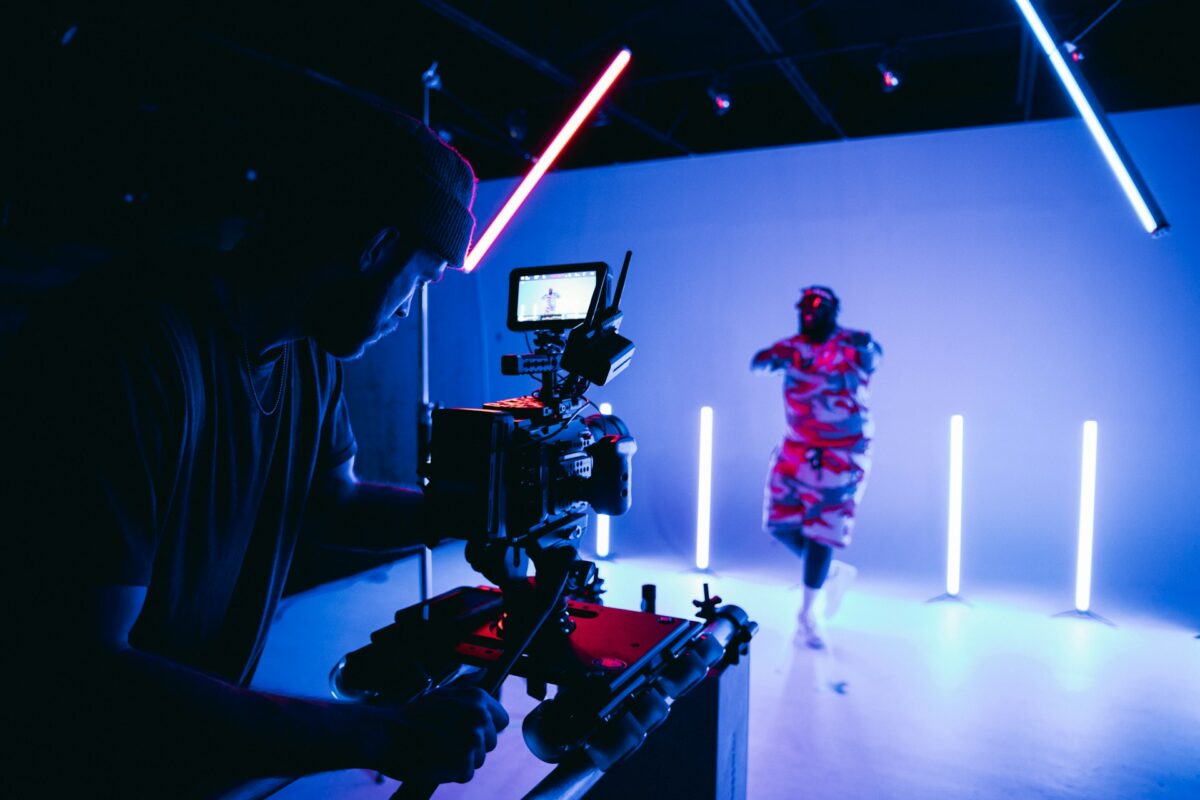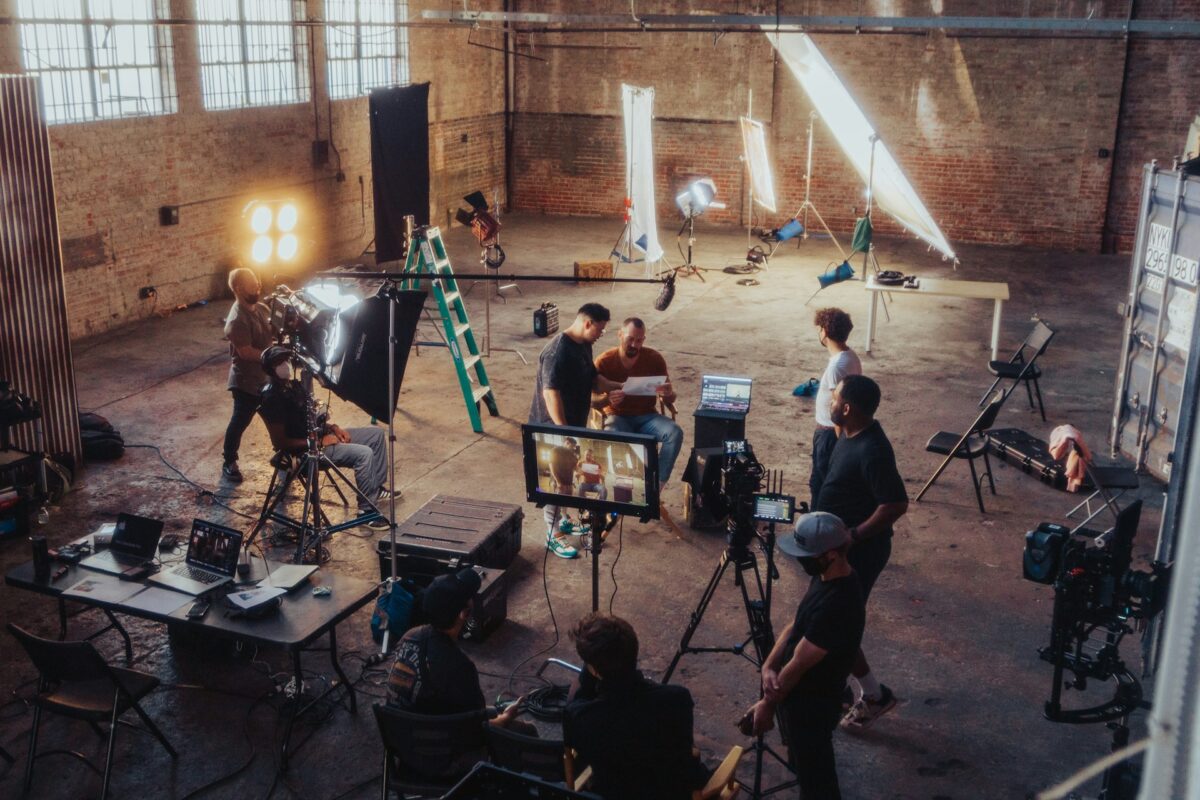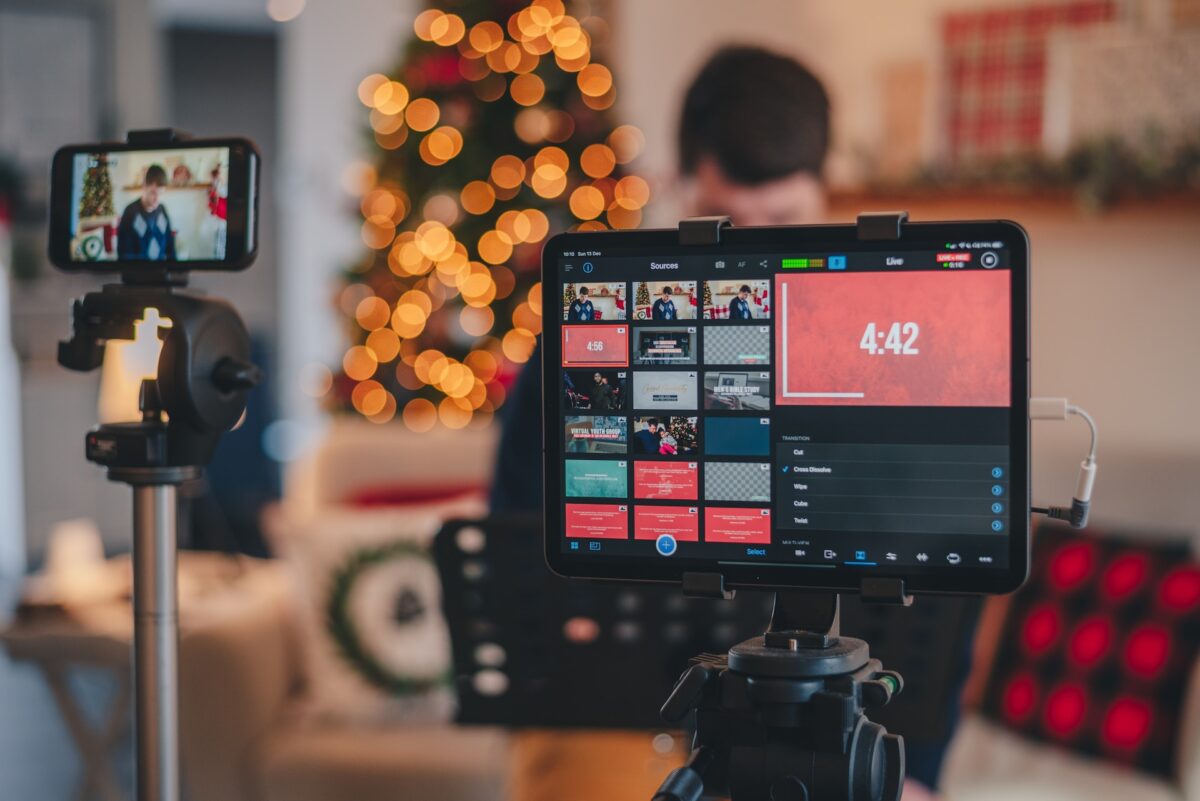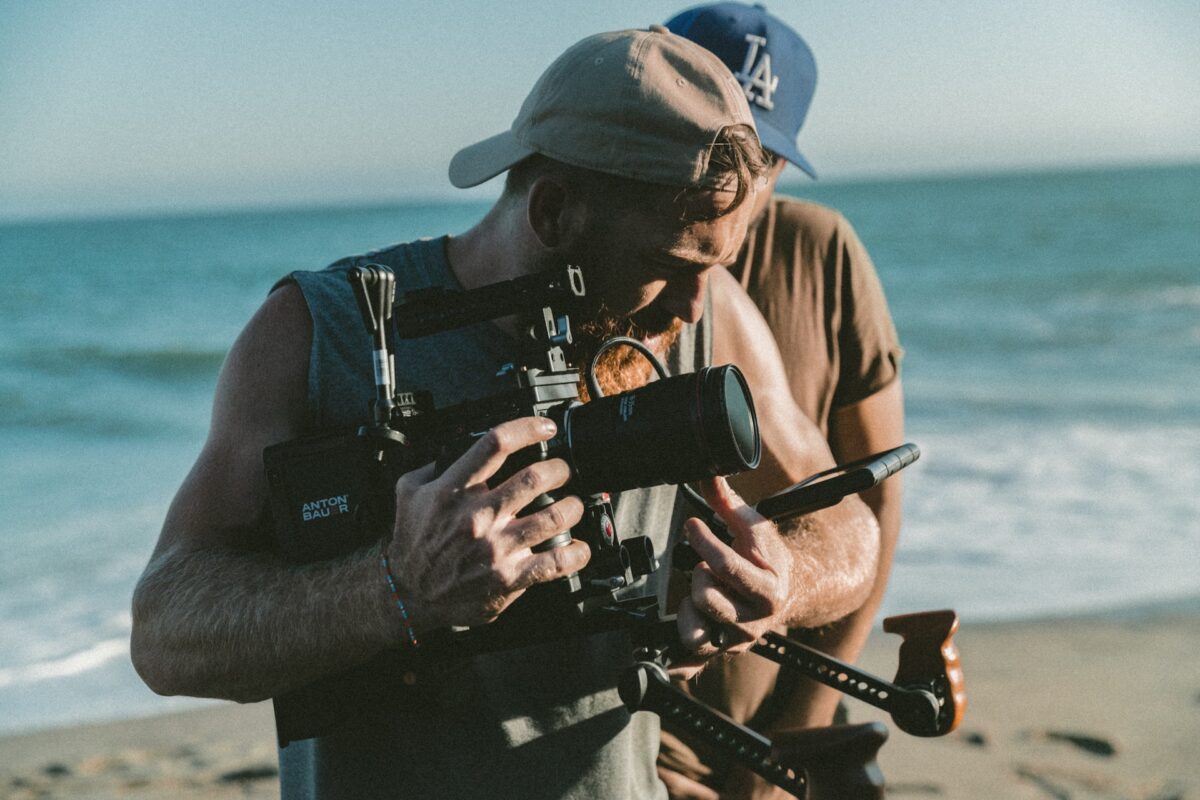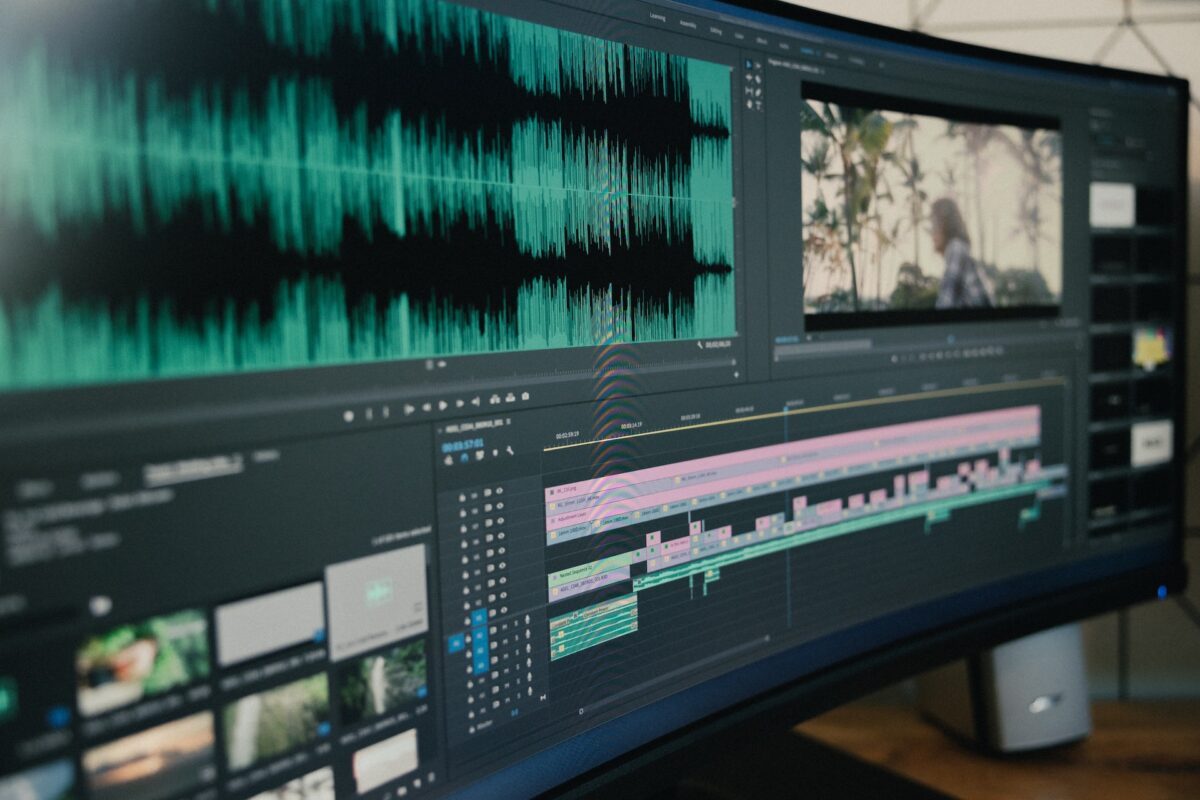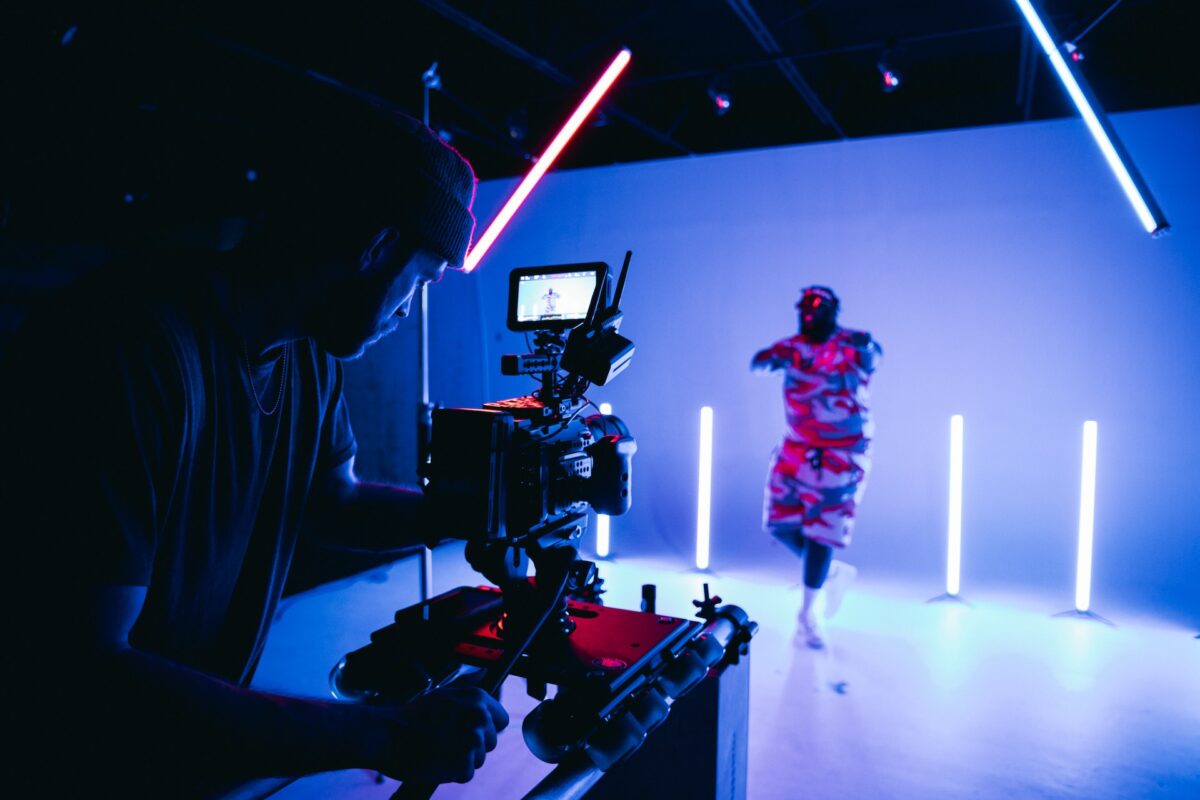Creating a video essay, especially when time is of the essence, is a blend of art, skill, and strategic planning. Whether you’re addressing breaking news, trending topics, or simply want to keep your content fresh and relevant, following certain best practices can elevate your work from good to great. Here are the top five practices to consider when creating timely video essays.
1. Stay Informed and Select Your Topics Wisely
The first step in creating a timely video essay is to be well-informed about current events and trends in your area of interest. This requires regular consumption of news, social media trends, and relevant publications. When selecting a topic, consider the following:
- Relevance: Is the topic currently in the news or being widely discussed?
- Expertise: Do you have enough knowledge or unique insight about the topic?
- Interest: Will your target audience find this topic interesting or useful? Remember, the goal is not just to be timely but to add value to the conversation.
2. Quick Research and Scripting
Once you have your topic, the next step is to research and script your video essay. Since time is of the essence, here are some tips:
- Use Credible Sources: For quick research, rely on credible news outlets, academic journals, or expert blogs.
- Keep it Concise: Focus on key points that are most relevant to your topic and audience.
- Script Wisely: A well-written script is the backbone of your video essay. It should be engaging, informative, and reflect your unique voice.
3. Efficient Video Production
Timely video essays often mean quick turnaround times. To produce your video efficiently, consider the following:
- Template Use: Create or use existing templates for your video essays. This can significantly reduce production time.
- Simplified Editing: Use editing software you are comfortable with and keep your edits simple but effective.
- Good Lighting and Sound: Regardless of how quickly you need to produce your video, never compromise on lighting and sound quality.
4. Engage with Your Audience
Engagement is key in making your video essay stand out. Here’s how you can increase engagement:
- Ask Questions: Pose questions in your video to encourage viewers to comment.
- Call to Action: Include a clear call to action, like asking viewers to subscribe or share their opinions.
- Respond to Comments: Engage with your audience by responding to comments. This can also give you ideas for future content.
5. Promote Your Video
Once your video essay is live, promotion is crucial, especially when dealing with timely content. Here are some strategies:
- Use Social Media: Share your video across all your social media platforms.
- Collaborate: Consider collaborating with other content creators to reach a wider audience.
- SEO Optimization: Use relevant keywords in your video title, description, and tags to improve its visibility on search engines and platforms like YouTube.
Conclusion
Creating a timely video essay is an exciting challenge that requires quick thinking, efficiency, and creativity. By following these best practices, you can create compelling, timely content that resonates with your audience. Remember, the goal is not just to inform but to engage and inspire your viewers with well-crafted, relevant content. Happy creating!


